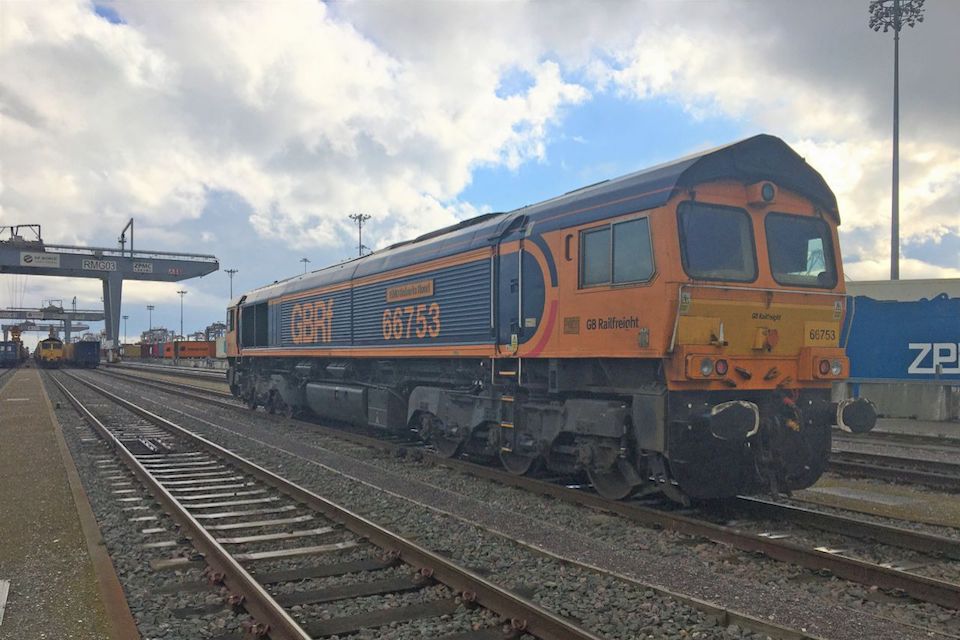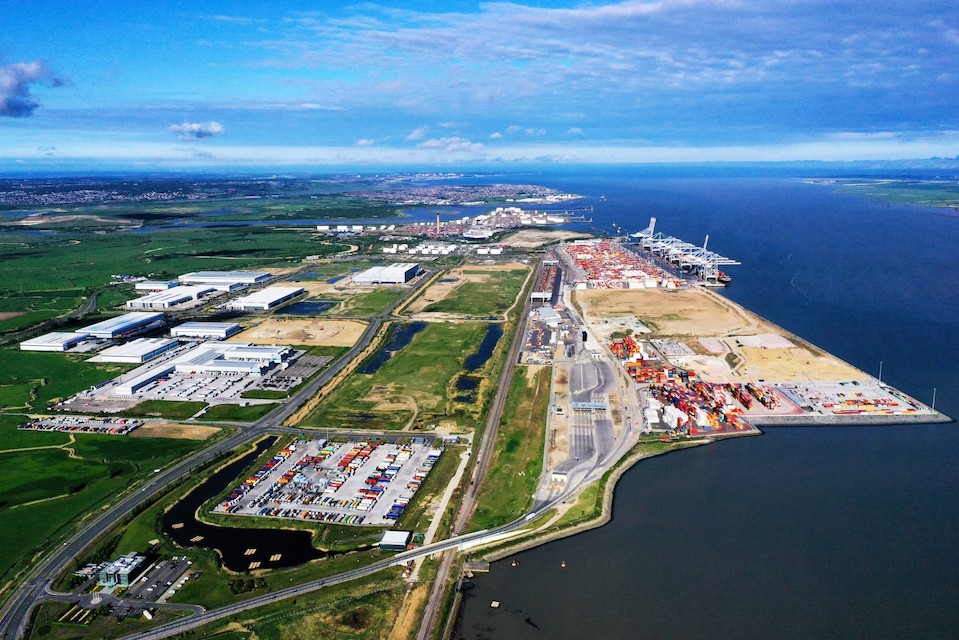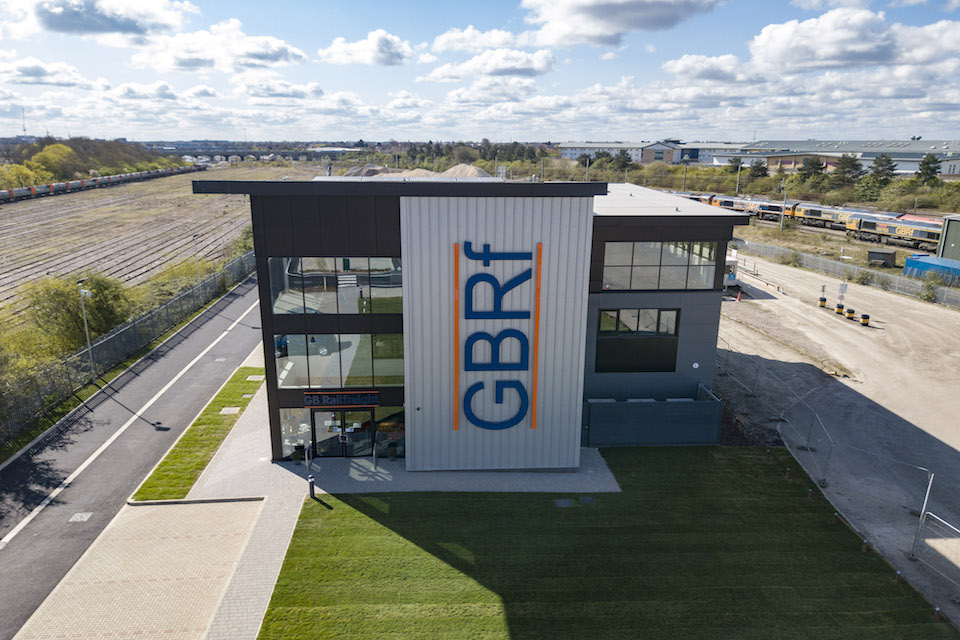When shipping giants Maersk and Hapag-Lloyd announced their Gemini collaboration, there wasn’t much of interest to the British rail freight scene. Then, the combined operation announced that they would be pulling out of Felixstowe and tying up at London Gateway instead. More than a few teacups became stormy in the boardrooms of British rail operators.
From Felixstowe, the leading Danish and German shipping lines are sailing their vast container ships elsewhere. That prospect has caused more than a few ripples in the business planning offices of the British rail freight operators. A tidal shift for intermodal operations could be on the cards.
Ultra-Large Container Vessels are a thing
Alliances at sea are nothing new. The Danish line was in bed with MSC until earlier this year. They jumped ship, as it were, and announced a new partnership – called Gemini – with their German neighbours Hapag-Lloyd.

The Gemini partnership dropped anchor last week, with a major splash. Our sister platform, WorldCargo News, broke the story. The Maersk side of the partnership has chosen to vacate their berths at Felixstowe. Instead, they will make London Gateway the UK hub for the Gemini Cooperation. That means that Ultra-Large Container Vessels (ULVCs) will be sailing up the Thames instead of the River Orwell, as of 1 February 2025.
Rail freight options for last mile – even if it’s 100s of miles
These huge vessels carry enormous loads. ULVCs carry up to 12000 forty-foot containers, or 24000 TEU (twenty-foot equivalents). However, it’s probably a blessing in disguise that they do not generally sail port to port, with all that load for one destination. Instead, they are deployed on “trades” – routes around the world, picking up and depositing parts of their load along the way. It’s a maritime version of an old-style pickup goods train – except on the vast, global scale of modern trade logistics.

Nevertheless, that can still mean several thousand containers being discharged and loaded at each port call. These calls include big British ports like Felixstowe and London Gateway, as well as Tilbury, Southampton and Liverpool. Many smaller ports are also served by “Short-sea” transfers, using relatively smaller ships on shorter voyages, sometimes domestically between British ports. Increasingly, though, transfers within Great Britain are fulfilled by rail freight options – notably the Southampton to London Gateway working, or some longer hauls, like Tilbury to Grangemouth, for example.
Training by: the shipping forecast
London Gateway, owned by DP World (global rivals to Felixstowe owners Hutchison) has made no secret of their rail freight ambitions. The Dubai company recently announced plans to double capacity at the port on the Thames, with the development of a brand new rail terminal. Clearly, the Gemini move will go a long way to justifying that investment. The speculation is that the intentions of the new partnership may well have been more than an influence.

The impact on rail freight traffic from Felixstowe will be immediate. It may not necessarily be long-lasting. London Gateway’s stated ambition to become the busiest rail freight port in the UK will leap forward, but it may not have won the race just yet. Here is the Shipping Forecast for rail freight: Swell in the Thames area. Maersk and Hapag-Lloyd, merged to give longer periods of Gemini. South from Felixstowe, rising around London Gateway. Intermodal traffic falling, then rising at new location. Outlook: Uncertain.
